Article list
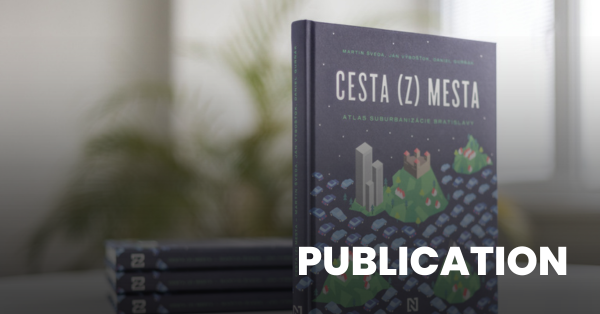
Our colleagues from the Institute of Geography of the Slovak Academy of Sciences, under the leadership of Martin Šveda, have published the second edition of the atlas of suburbanization of Bratislava.
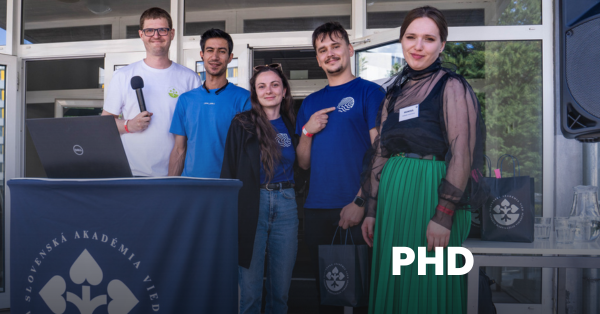
The Institute of Geography of the Slovak Academy of Sciences was represented at the Doctoral Storm 2024 event.
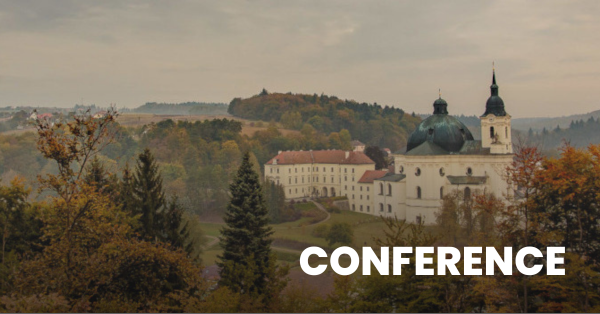
The 22nd annual conference of the Czech Association of Geomorphologists, „State of Geomorphological Research in 2024“ was held in Křtiny on 24-26 April 2024.
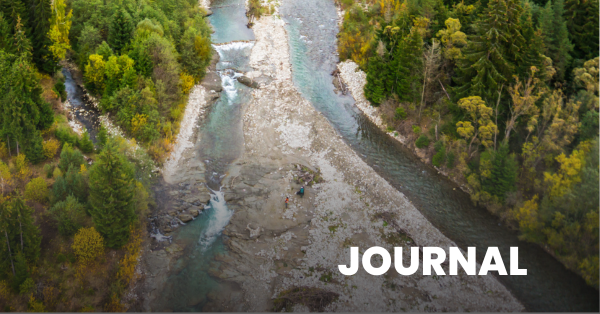
How are new technologies helping to understand the degradation of the last natural multi-channel river in Slovakia? Learn how aerial photography, laser scanning, and UAV mapping are helping solve the problem of incision in the Bela river bed.

How to work with the mobile network data topology? And how to deal with questions about their extrapolation to the whole population? These questions were addressed by a team of authors from the Institute of Geography of the Slovak Academy of Sciences and the Faculty of Science of Comenius University.
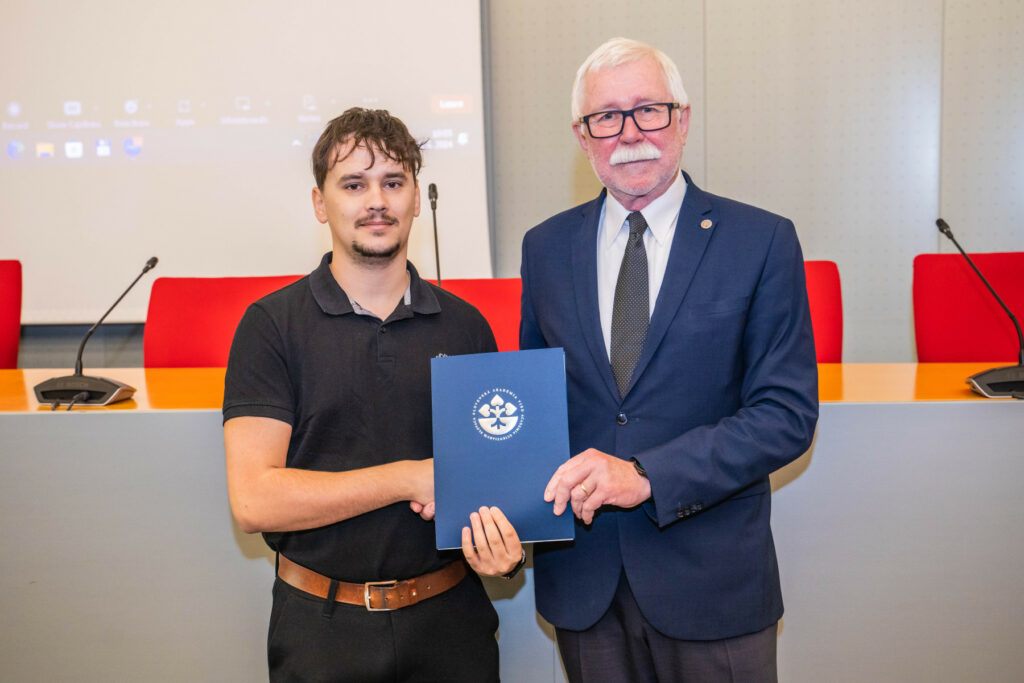
The President of the Slovak Academy of Sciences prof. RNDr. Pavol Šajgalík, DrSc. handed over diplomas to doctoral students who received the Doktogrant or the Certificate of Quality on Tuesday, April 9th, in the Aula of the Slovak Academy of Sciences in Bratislava during the Doctoral Seminar.
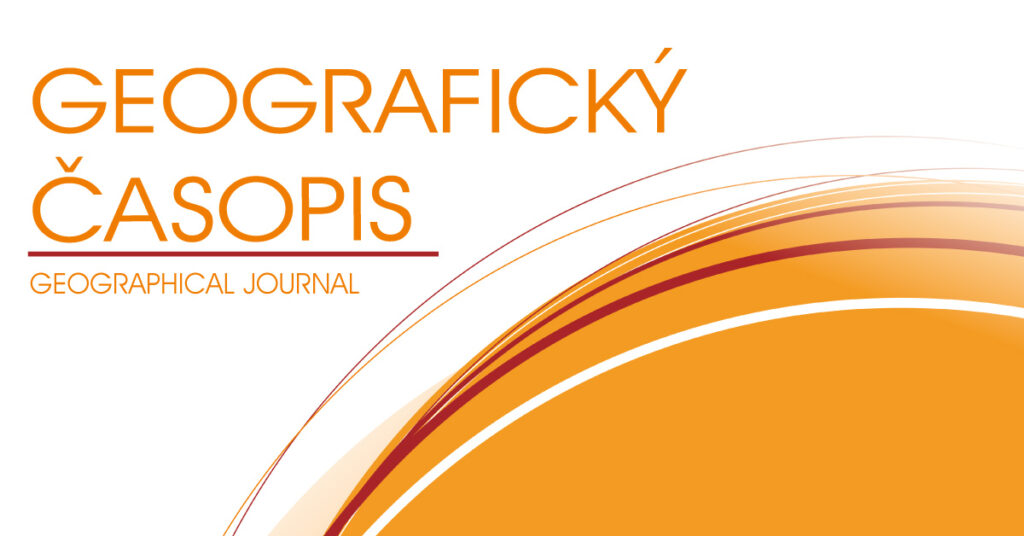
The latest issue of the Geografický časopis (Geographical Journal) is freely available in the archive via the website: http://geograficky-casopis.sav.sk
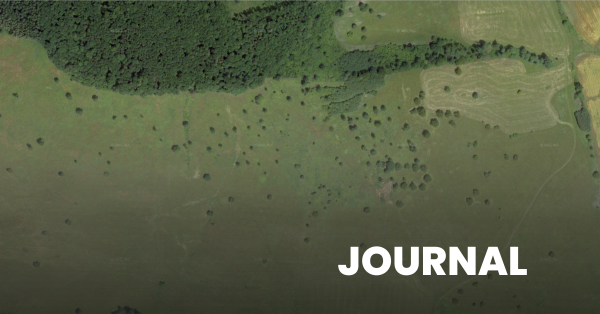
What is the impact of human activity on the distribution of grasslands in Europe? What types of landscape cover are grassland areas changing into? These questions are also answered in a recent study authored by a broad team at the Institute of Geography of the Slovak Academy of Sciences.
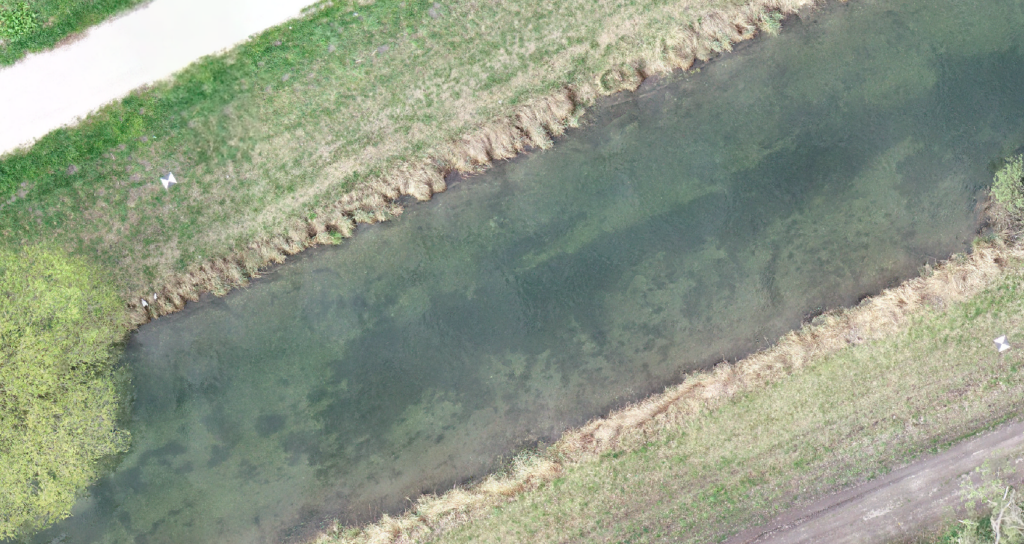
Our colleagues from the Department of Physical Geography, Geomorphology and Natural Hazards, colleagues from the Institute of Hydrology of the Slovak Academy of Sciences and Assoc. Prof. Ján Kaňuk, PhD. from the Institute of Geography of UPJŠ Košice, participated in the field survey of the Gabčíkovo-Topoľníky canal. The aim was to create a 3D model…
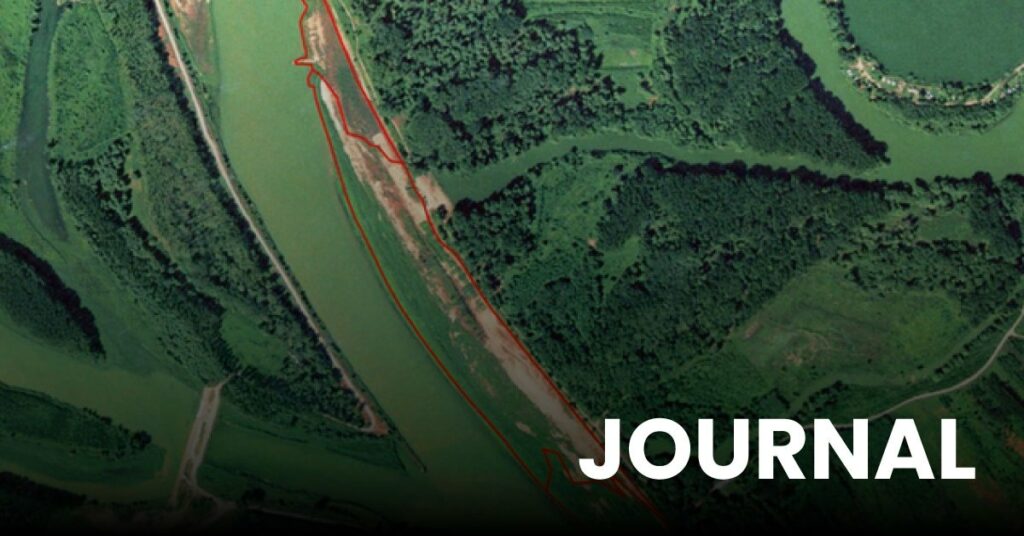
Does the spatiotemporal variability of the Danube River reach’s vertical accretion thickness change due to the response of the Danube River reach to bypassing in 1992? This is the question addressed by a team of scientists in the latest paper by a team of authors from (not only) the Institute of Geography of the Slovak…




